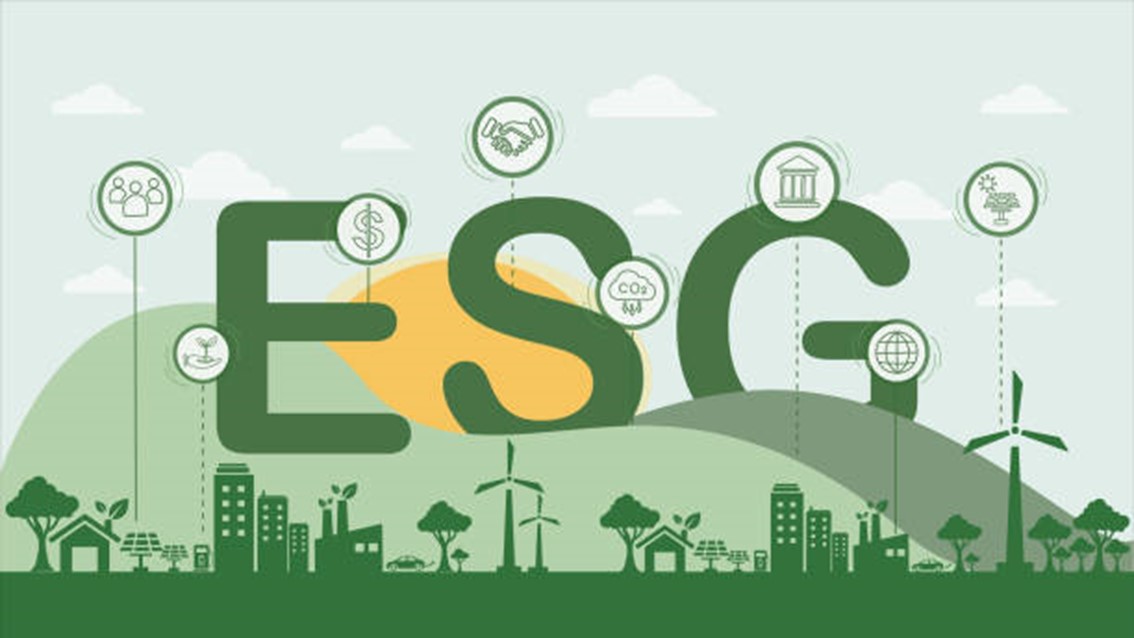
July 9, 2025
ESG in Plastics:
What Processors Need to Know Now
How Environmental, Social, and Governance Standards Are Shaping the Future of U.S. Manufacturing
Over the past decade, sustainability has evolved from a buzzword into a business imperative. Now, with the rise of ESG (Environmental, Social, and Governance) standards, plastics manufacturers in the U.S. are facing a new era of expectations—driven not just by regulators, but by customers, investors, and employees.
While ESG adoption has gained more traction in Europe and Asia to date, the momentum in North America is accelerating fast. The question is no longer if ESG will impact your operation—it’s how soon, and how significantly.
What is ESG—and Why Should Plastics Manufacturers Care?
ESG standards go beyond compliance and look at how companies operate responsibly and transparently across three pillars:
- Environmental – energy use, emissions, water, material waste, and recyclability
- Social – workforce safety, DEI (diversity, equity, inclusion), labor practices, community impact
- Governance – leadership structure, ethical practices, transparency, and stakeholder engagement
For plastics processors, ESG is increasingly tied to supply chain contracts, brand partnerships, investment decisions, and even talent recruitment. Companies that align with ESG standards are not just seen as responsible—they’re being viewed as lower-risk, future-ready suppliers.
You can learn more about the broader impact of ESG in this overview from Harvard Business School or review current SEC guidance on ESG disclosures.

Key Areas of ESG Impact in U.S. Plastics Manufacturing
1. Sustainability Reporting & Metrics
Expect increased pressure to track and report emissions, energy usage, and material flow. Larger OEMs are pushing this upstream—requiring ESG data from their suppliers to meet their own net-zero and circular economy goals. Standards from organizations like the Sustainability Accounting Standards Board (SASB) and Global Reporting Initiative (GRI) offer useful frameworks for reporting.
2. Material Transparency and Recyclability
Processors will be expected to know—and disclose—more about their material sources and end-of-life impact. Brands are seeking partners who can help improve recyclability, reduce waste, and explore bio-based or PCR materials. The Plastics Industry Association and American Chemistry Council provide ongoing resources on sustainable plastics initiatives.
3. Operational Efficiency
Energy-efficient equipment, reduced water consumption, and better process controls are no longer just cost-saving initiatives—they’re now ESG talking points. Technologies like smart mold cooling, servo-electric machines, and digital monitoring are gaining strategic value. Check out the DOE’s Better Plants Program or explore CESMII – The Smart Manufacturing Institute, a public-private partnership originally supported by NIST, for real-world applications.
4. Workforce & Community Engagement
Labor practices, training investments, and community outreach efforts are increasingly being evaluated. Companies that demonstrate strong workplace culture, upskilling programs, and local engagement are gaining reputational advantage. The National Association of Manufacturers and OSHA provide useful guides on workforce development and safety best practices.
What Can You Do Now?
- Start Measuring – Track your energy, scrap, water usage, and emissions. Tools like MES systems and energy monitoring are essential.
- Engage with Suppliers – Choose partners (resin, machinery, tooling) that support your sustainability and ethical goals.
- Invest Strategically – Look at technologies that reduce your footprint and improve productivity.
- Document and Share – Transparency is key. Even small improvements in process or culture can make a big difference in perception.
- Prepare for Audits – Be ready for ESG-related audits or questionnaires from large customers and global brands. Platforms like EcoVadis are increasingly used to assess ESG readiness.
Final Thought: ESG as a Competitive Edge
Rather than viewing ESG as a burden, leading plastics manufacturers are treating it as a competitive differentiator. It’s an opportunity to modernize operations, improve margins through efficiency, attract talent, and win new business from customers that are prioritizing sustainability and responsible sourcing.
The plastics industry is at a crossroads—and those who move proactively will be best positioned for long-term success.
